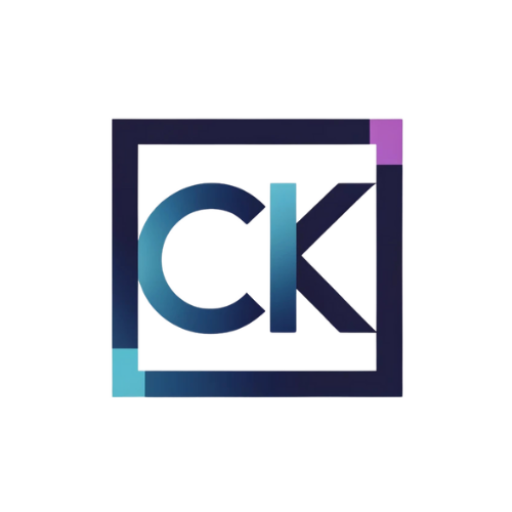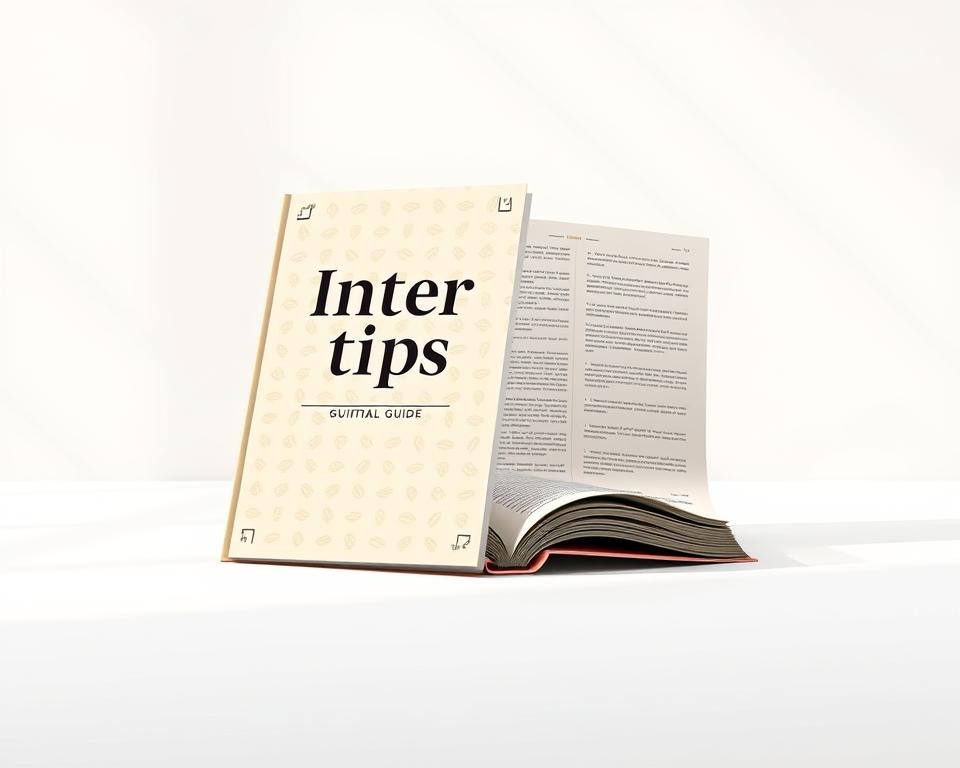Anúncios
Can a single change in what you say during the first five minutes turn a short meeting into a real opportunity?
You’re facing faster, often virtual meetings where clear, concise answers win. In under 30 minutes, hiring managers want proof that you understand the role and the company mission.
This intro walks you through seven practical moves that help you set the tone, respect the interviewer’s time, and make your message land quickly.
You’ll learn how to weave specific example stories, align your resume talking points, and show emotional intelligence—now ranked among the top skills by employers.
Small details—choice of words, the way you close, and a timely follow-up—can separate top candidates from the rest. For more prep tips and common pitfalls, see a helpful guide on common mistakes and how to avoid them here.
Anúncios
Research the company and role so you can speak your interviewer’s language
Dig into the company’s mission and recent news so your examples map directly to what they care about. Start with the About page, values, and blog posts. Scan media coverage for product updates and current challenges to mirror their language when you speak.
Study mission, values, recent news, products, and who they serve
Read the full site and press releases, then note phrases they repeat. Use those words in your answers to show fit. If you know who will be in the meeting, check their LinkedIn for shared interests.
Scan the job description for repeated keywords and must‑have skills
Highlight responsibilities that appear more than once. Run a keyword scanner or simple word count to surface must-have qualifications. These signals tell you what managers expect on day one.
Tailor your resume and talking points to the role and company context
Match language exactly in your resume bullets and quantify outcomes. Draft two or three short stories that map each requirement to a clear example of your experience. Prepare two focused questions that link their goals to your skills.
- Embed job description keywords in your resume and talking points.
- Adjust bullets to the role’s terminology and measurable results.
- Bring a one-page snapshot showing how your experience meets the description.
Practice structured answers that highlight your skills and experience
When you answer with structure, your examples land faster and feel more credible.
Use the STAR method—Situation, Task, Action, Result—to keep stories concise and results-focused. State the situation and task in one sentence, spend most of your time on the action, and end with measurable results.

Rehearse common prompts out loud
Say aloud the big three: “Tell me about yourself,” “Why this job?” and “What are your strengths and weaknesses?”
Trim filler until each answer is clear, confident, and under two minutes. Pause after a question to collect your thoughts—one beat tightens your response.
Run mock sessions and use tools
Practice with a friend or AI tools that generate role-specific interview questions. Mock interviews sharpen pacing and reveal gaps in your examples.
- Align resume bullets to your STAR stories so you can point to proof quickly.
- Keep a short set of examples that show problem-solving, collaboration, and ownership.
- Add one team-focused story to show how you handle conflict and collaborate.
“Close each example with the result and what you learned.”
Choose strong words, drop weak ones: the language that sets you apart
Use precise language so your message lands fast. Swap vague phrasing for outcome-focused terms that show what you achieved and how.
Power words that impress
Pick verbs that show action: deliver, improve, orchestrate, introduce. Tie each word to a short example so what you claim feels real.
Signal leadership with terms like management, leadership, or facilitate, and describe how you rallied a team to hit measurable results.
Show emotional intelligence
Use EQ terms—empathy, adaptability, active listening—to show you read people and adapt. Briefly describe a time you used these skills so the interviewer hears the behavior behind the claim.
Phrases to avoid and what to say instead
Drop crutches like “honestly,” “maybe,” “stuff,” or “we did a lot.” Replace them with numbers or a clear action. Your resume and speech should mirror the employer’s language when appropriate.
“Choose decisive words and back them with one short, measurable example.”
- Use decisive verbs to frame impact.
- Support claims with one concise example.
- Mirror company words so your resume and speech align.
Show measurable impact and alignment with the job
Open your examples with numbers — percentages, dollars, or time saved — to make impact obvious. Lead with a specific result, then name the problem you solved and the role you played.

Quantify achievements and tie them to the job description
Anchor answers in metrics: “grew sales 20%,” “cut onboarding by one week,” or “closed a $1.5M deal.” Echo phrases from the job description so hiring managers see direct fit.
Share a concise 30/60/90-day plan that matches the company’s needs
Sample 30/60/90 plan:
- 30 days: audit workflows, meet the team, and map 3 quick wins.
- 60 days: implement one initiative that reduces cycle time or cost.
- 90 days: deliver measurable improvement and propose next-quarter KPIs tied to the description.
Bring a refreshed resume that quantifies impact in each bullet and mirrors the role’s keywords. Summarize how your experience and skills translate into outcomes the position is measured on, so managers can immediately see business value.
Build rapport and communicate like a pro during interviews
Open the conversation with calm attention. Arrive a few minutes early, breathe, and listen fully before you answer. That pause helps you match pace and tone so the meeting feels natural.
Listen carefully, match tone, and keep answers concise
When the interviewer speaks, listen for priorities and metrics. Mirror their pace and energy to build trust.
Keep every answer short and focused on impact. Use the STAR frame silently: set the scene, name your action, and end with the result.
Ask deeper questions about team goals and success metrics
Have 3–5 thoughtful questions ready. Ask about the team’s 30/60/90 expectations and how success is measured.
“What are the 30/60/90-day goals if I start tomorrow?”
- Reference one recent product or company note to show preparation.
- Use follow-ups to clarify scope so you can tailor examples on the spot.
- Close by confirming next steps and restating enthusiasm for the opportunity.
Master the logistics to make a confident first impression
Simple prep steps—timing, tech, and attire—let you focus on what you’ll say when the conversation starts. These practical moves reduce nerves and help you show up as reliable and composed.
Plan arrival, pack essentials, and confirm details
Plan your route with a buffer so you arrive 10–15 minutes early. That extra time helps you settle and review notes.
Bring extra resumes, a pen, and a neat notebook so you can take clean notes and reference facts quickly.
Prep your tech and your space for virtual meetings
For virtual interviews, log in early and test camera, mic, and internet. Check lighting and background so nothing distracts from your work.
- Dress for the position — when in doubt, choose clean, professional clothing.
- Confirm the meeting link or location and the names of the people you’ll meet the day before.
- Prepare a one-sentence introduction and a strong first answer to set the tone.
“A friendly greeting and a poised close make a lasting impression.”
Make sure to silence notifications and pick a quiet spot. Small things like these add up and help you present your best self for jobs you care about.
Conclusion
Turn every discussion into a clear next step. After the meeting, send a brief, specific thank-you within 24 hours that references a topic you discussed and restates why you fit the position and the team.
Document the questions asked, which examples landed, and what to tighten for later. Keep a master resume you update regularly, then tailor it for each role so employers and ATS see the match fast.
Follow up politely after five to seven business days if you haven’t heard back. With a repeatable system—organized notes, focused examples, and practiced answers—you’ll move faster, reduce stress, and increase your chances to land the job you want.



